Alexandrine Parrots Taxonomy, Etymology, Phylogeny, Ecology, Behavior and Description / Alexandrine Parrot Introduction
Nipalensis ssp. (Nepalese Alexandrine Parakeet) is the
biggest of the species measuring 62 cm (24.5 in) in general length with a
wingspan averaging among 20–24 cm (eight–9.Five in). It is as a result
identified as the arena's largest true Parakeet (brief to mid-sized Long-Tailed
Parrot) species.
The Alexandrine parakeet (Psittacula eupatria), additionally
referred to as the Alexandrine parrot, is a medium-sized parrot in the genus
Psittacula of the family Psittaculidae. It is called after Alexander the Great,
who transported severa birds from Punjab to numerous European and Mediterranean
international locations and areas, in which they had been prized by means of
the royalty, nobility and warlords.
The Alexandrine parakeet has mounted feral populations in Iraq,
Kuwait Saudi Arabia, Bahrain, Qatar, the United Arab Emirates, Iran in which it
lives alongside feral populations of its near relative, the rose-ringed
parakeet (Psittacula krameri).
Taxonomy and Etymology
The Alexandrine parakeet turned into first described by
French zoologist Mathurin Jacques Brisson as Psittaca Ginginiana or "La
Perruche de Gingi" (The Gingi's Parakeet) in 1760; after the town of
Gingee in southeastern India, which become a French outpost then. The birds may
additionally, but, simply were held in captivity there. Carl Linnaeus
redescribed the Alexandrine parakeet in 1766 as Psittacus eupatria.
The genus call Psittacula is a diminutive of the Latin word
psittacus meaning "parrot", and the specific name eupatria is derived
from the Ancient Greek words european- meaning "properly" and patriá
which means "descent".
In 2019, a genetic study revived the genus Palaeornis,
previously considered as a synonym of the present day genus Psittacula. Some
businesses, including the IUCN, have accepted the new taxonomy. If this had
been to be taken into account, this will mean that the Alexandine parakeet is
the simplest living member of the now-revived genus.
Phylogeny
Genetic analysis of the mitochondrial cytochrome b sequences
of Psittacula parakeets has proven that the Alexandrine parakeet diverged from
the lineage that gave upward thrust to the rose-ringed parakeet (Psittacula
krameri) and the Mauritius parakeet (Psittacula eques) about 5 million years in
the past.
Description
The Alexandrine parakeet is considered one of the most
important parakeets, measuring fifty six to sixty two cm (22 to 24 in) from the
top of the pinnacle to the tip of the tail and weighing 2 hundred to 300 g . The tail measures 28 to 35 cm (11 to fourteen in). It is
predominantly inexperienced with a mild blue-gray sheen at the cheeks and nape
(back of the neck), yellow-green abdomen, red patch on the shoulders and
massive pink beak with yellow hints. The higher-aspect of the tail passes from
green on the top to blue in addition down, and is yellow on the tip. The
underside of the tail is yellow.
Adults are sexually dimorphic. Adult men have a black stripe
across their decrease cheeks and a crimson band on their nape. Adult ladies
lack each a black cheek stripe and a pink nape band. The young are similar in
look to grownup females however shorter tails have.
The Alexandrine parakeet lives in forests, woodlands, agricultural lands and mangrove forests at elevations of as much as 900 m . It eats a selection of untamed and cultivated seeds, buds, fruits and nuts. Flocks can motive considerable harm to ripening end result and grain plants like maize and jowar. It typically lives in small flocks, however paperwork large companies in regions where meals is considerable or at communal roosts. Female consuming jowar.
The Alexandrine parakeet has a variety of calls, together
with a ringing trrrieuw, loud kree-aar or keeak, deep klak-klak-klak-klak and
resonant gr-aak. Its calls are usually deeper, harsher and extra resonant than
the ones of the rose-ringed parakeet. Its voice will become harsher while
alarmed, and it shrieks loudly whilst mobbing predators. Flocks sometimes
excitedly vocalize collectively. It is understood to imitate human speech in
captivity.
Breeding
Alexandrine parakeets
breed from November to April in their local range. They normally nest in tree
hollows, but on occasion use tree holes excavated through themselves or cracks
in buildings. Females lay 2 to 4 white, blunt oval-formed eggs, measuring 27 to
34 mm (1.1 to one. Three in). The average incubation length is 24 days. The
chicks fledge at about 7 weeks of age, and are dependent on their dad and mom
until 3 to 4 months of age.
Alexandrine parakeets are extraordinarily popular puppy birds
because of their long lifespan in captivity (25–30 years), playful behavior and
ability to imitate human speech. Alexander the Great is notion to have kept one
as a pet. They are one of the maximum sought-after cage birds in the Indian
market. According to CITES alternate information, at least 57,772 Alexandrine
parakeets were imported into countries outdoor their native range between 1981
and 2014.
Conservation
The Alexandrine parakeet is indexed as close to threatened via the International Union for Conservation of Nature (IUCN) because of its steep populace decline in its native variety because of habitat loss, persecution and immoderate seize to cater to the needs of the unlawful natural world trade. It is sporadic in South India, uncommon in Bangladesh, and declining in North Bengal and certain components of Sri Lanka. It has suffered the best populace declines inside the Sindh and Punjab provinces of Pakistan, Laos, northwestern and southwestern Cambodia, and Thailand.
The sale of Alexandrine parakeets isn't always banned in
Pakistan, and they can be located being openly sold inside the markets of
Lahore and Rawalpindi. Their sale is banned in India, and yet they're bought in
wide daylight hours in city hen markets, suggesting that the Indian authorities
are allocating inadequate sources for their safety.
Random Ask Questions
about Alexandrine Parrot
Where are Raw Parrots (The
Alexandrine Parrot) found in Pakistan?
Uncooked parrot is a lovely talking hen that flies from India
to Pakistan inside the regions of Cholistan barren region in South Punjab,
together with Fort Abbas, Bahawalnagar and Manchinabad, among August and
December.
Can Alexandrine Parrot
Talk?
These birds are exceptionally smart and are known to be
notable talkers, making them very famous pets.
What can Alexandrine eat?
General recommendations for ring necks and alexandrine
parrots can be determined underneath: 40-70% top rate business parrot pelleted
eating regimen 10-35% vegetables (advocated greens encompass: capsicum,
broccoli, chili, corn, carrot, zucchini, squash, spinach, pumpkin, candy
potato, beans and peas) and sprouted seed.
Raw Parrot Price in
Pakistan levels between 55,000 to 70,000. It repents upon the age of bird if
someone bought the chick they the price will be 20,000 to 25,000 also rates are
different when it comes to wild caught or home breed bird.
At what age does an Alexandrine parrot fly?
The chicks fledge round seven weeks of age. They are reared
for approximately 3 weeks and are commonly weaned among 12 to sixteen weeks of
age.
Alexandrine Parrots chicks start to eat at nearly after five to 6 weeks. When the chicks are on the age of almost five weeks then you have to need to provide them smooth-meals like culmination and veggies. From time to time the infant will taste and food and begin eating them.
What color does Alexandrine
Parrot come in?
Coloring is predominantly green with blue-gray at the cheeks
and returned of the neck, yellow-inexperienced stomach, red patch on the
shoulders, and a big pink beak with yellow tips. The underside of the tail is
yellow; the pinnacle of the tail is inexperienced and blue with yellow on the
tip.



.jpg)

_male.jpg)
.jpg)

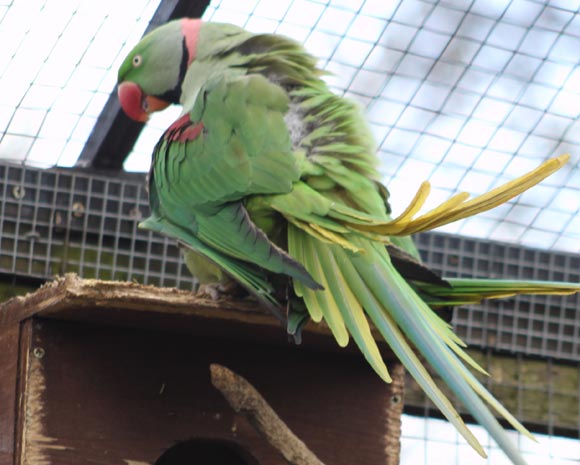
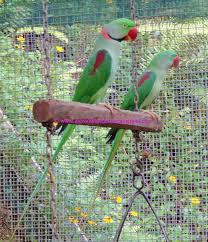
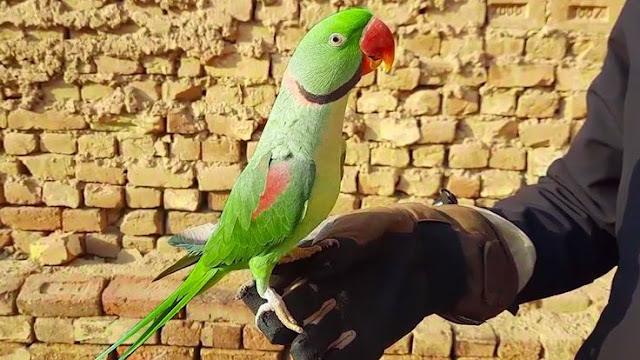



.jpg)
.jpg)
.jpg)

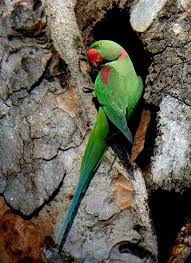
.jpg)
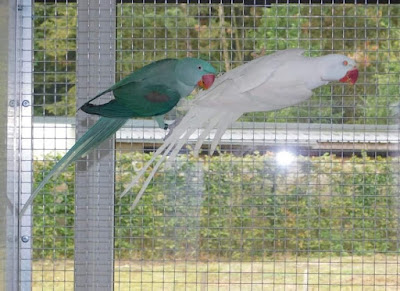




0 Comments